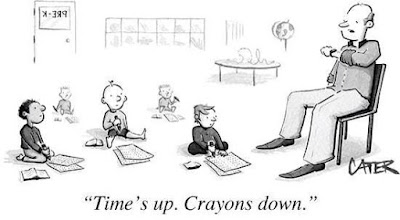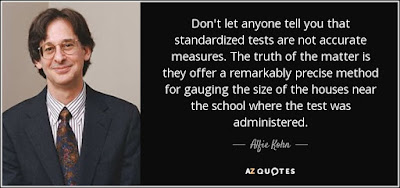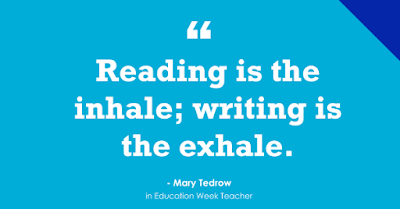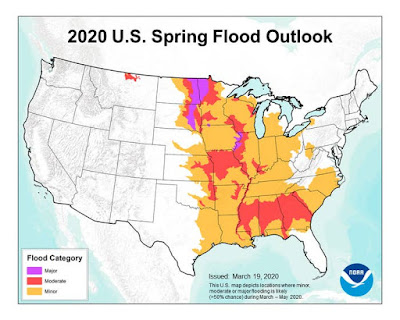AUTUMN
Ah...who doesn't love the nostalgic scent of burning leaves in the fall?
Answer: Anyone with lungs!
It's Autumn in Indiana and my woodsy neighborhood is filled with fallen leaves. Many of my neighbors are recycling them by mulching them into their lawns or gardens or hiring crews to pick them up. Some others, are piling them up and setting them ablaze, and by doing so filling the air with poisonous toxins and choking ash.
IT'S JUST ONE LITTLE FIRE
What damage can one little fire cause?
It's not just one little fire...it's several since we live in an addition with dozens of houses and hundreds of leaf-dropping trees. The point is that "multiple fires in one geographic area can cause concentrations of air pollutants that exceed federal air quality standards" – at least until the current EPA decides that the right of citizens to breathe is just not a priority.
And, about those lungs...
Besides being an irritant, leaf smoke contains many hazardous chemicals, including carbon monoxide and benzo(a)pyrene. Carbon monoxide binds with hemoglobin in the bloodstream and thus reduces the amount of oxygen in the blood and lungs. So carbon monoxide can be very dangerous for young children with immature lungs, smokers, the elderly, and people with chronic heart or lung diseases.
Benzo(a)pyrene is known to cause cancer in animals and is believed to be a major factor in lung cancer caused by cigarette smoke and coal tar as well as leaf smoke.
[Full disclosure: The above paragraph is about me. Burning leaves make me sick. I have some serious lung issues and, while I hate to use the term elderly when talking about myself, I'm 72, so I'm there...assuming I last through the leaf-burning season!]
KEEP YOUR YOUNG CHILDREN INSIDE
That benzo(a)pyrene stuff is a big deal. It can negatively affect your nervous system, immune system, reproductive system, it messes with your DNA, and it's a carcinogen. Why would anyone do that to themselves and their families...not to mention the little children who live next door or two houses down...or the old folks on the corner...or everyone else in the neighborhood?
 |
| My neighborhood (Google Earth). Note the dark green...trees. |
INSTEAD OF BURNING
So, you live in the woods...what do you do with all the leaves?
Some cities (such as Fort Wayne) provide curbside pickup of leaves. Pay attention and make sure you get them to the curb in time for pickup.
Or, instead of setting them on fire, follow the recommendations of Rosie Lerner of the Purdue Extension Service.
You could compost those leaves yourself. Dry leaves alone will break down slowly over time, but you can speed that process by mixing the leaves with green plant materials, such as grass clippings, garden discards and produce scraps. Or you could add a source of nitrogen, such as livestock manure or commercial fertilizer. Mix (turn) the pile occasionally to keep a good supply of air in the compost. A good-sized compost pile should be a minimum of 3 cubic feet. The compost will be ready to use as a soil conditioner in several weeks to several months, depending on size and management techniques.
Shredded leaves also can be used as a mulch around garden and landscape plants. Mulches provide many benefits, including weed suppression, moisture conservation and moderation of soil temperature. Leaves can be applied to dormant plants in winter to prevent young plants from heaving out of the ground. Leaf mulch can help keep soil cooler in summer. No more than a 2- to 3-inch layer of leaves should be used around actively growing plants. Chopping or shredding the leaves first will help prevent them from matting down and preventing air from reaching roots.
Directly applying the leaves to a garden or unused area of soil is another option. Try to spread the leaves over as large an area as possible, then till or plow them under. Chopping or shredding the leaves first will help them to break down faster.
My personal favorite option is to simply shred the leaves through my lawn mower until the pieces are small enough to just leave them right there on the lawn! Dry leaves are much easier to handle through the mower than moist ones. If possible, remove the bagger so all of the leaves are deposited right back onto the lawn as they shred.
 |
| Click this image for information on how to use leaves in your garden. |
My lungs thank you.
🍂🍁🍂




















